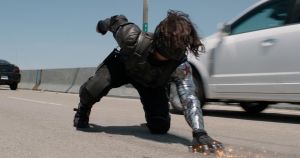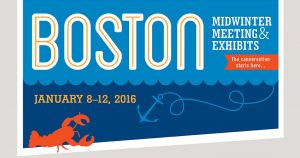
(Not) Engaging with Disability: Convenient Approaches in SFF
Magic and technology often minimize disability in SF/F. How can authors meaningfully engage with disability and the ways that speculative elements can affect disabled characters?

Magic and technology often minimize disability in SF/F. How can authors meaningfully engage with disability and the ways that speculative elements can affect disabled characters?

These magical or futuristic “fixes” seem rooted in a discomfort with disability: many writers cannot (or don’t want to) imagine a life without sight and therefore create excuses to give their character equivalent sighted experiences.
Since our founding exactly three years ago, we’ve built up an impressive bank of reviewed titles. Now, we’re making the search for good representation even easier.

While I don’t think disability metaphors are sufficient disability representation, I do think that they’ll come up naturally in many stories, and that they’re relevant to the discussion of disability in SFF.

The most common wheelchair-using character has acquired paraplegia, but why is this particular narrative so prevalent, and at the expense of all others?

It’s time for #alamw16: all the information on ARCs, signings, and awards related to disability representation.

A thorough overview of common autism tropes that mirror and reinforce real-life stereotypes, with links to news stories, research, book reviews or commentary, and blog posts describing relevant real-world experiences.

Portrayals of scoliosis in fiction often lack realism. Why is there so little reflection on the factors that affect a person’s journey?

I wanted to write about a real girl with real emotions struggling in a world that too often is unforgiving to those who don’t fit the right mold.
We’re looking to expand the Disability in Kidlit team, as the website has grown in popularity in recent months and we’re working on exciting new projects.